1. Penn Station – New York, NY
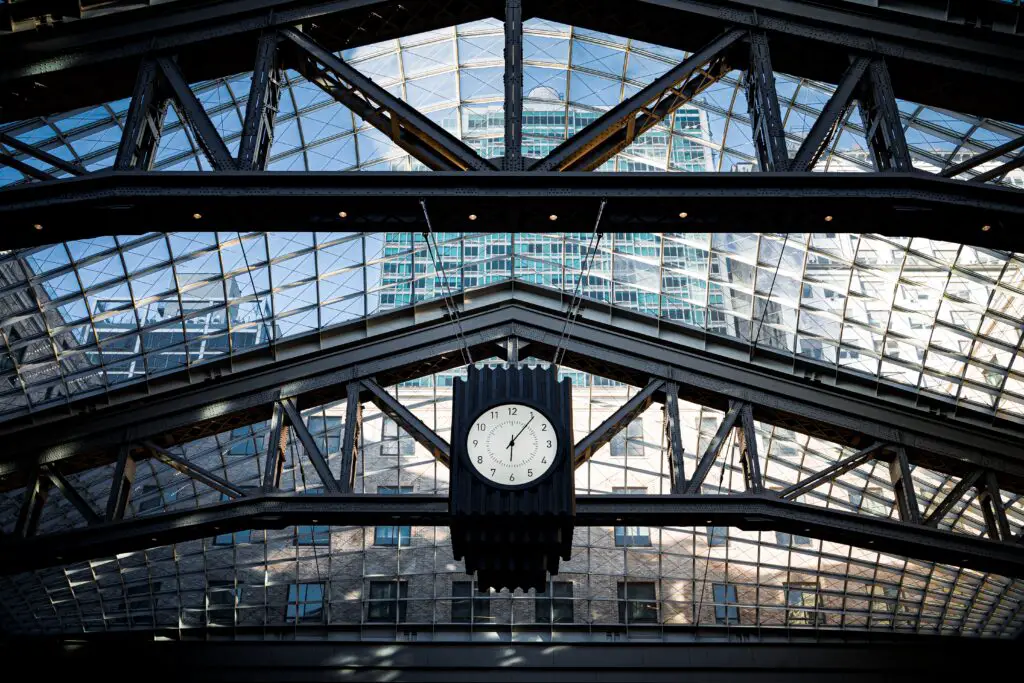
New Yorkers were heartbroken when the original Penn Station was demolished in the ’60s. The grand Beaux-Arts masterpiece, built in 1910, was a stunning entryway into the city, featuring soaring ceilings, intricate ironwork, and marble columns that made travelers feel like royalty. But by the postwar era, railroad travel was declining, and the Pennsylvania Railroad company found itself strapped for cash. Rather than preserve the architectural gem, they sold the air rights above it, paving the way for Madison Square Garden. Despite public outcry and protests, the wrecking ball came for Penn Station in 1963 shares the New York Times.
What replaced it was widely considered an architectural downgrade—an underground maze of cramped corridors with none of the old station’s grandeur. However, its destruction had one major silver lining: it spurred the modern historic preservation movement. Outraged by the loss of such a cultural treasure, activists successfully fought to protect other landmarks, including Grand Central Terminal. But the original Penn Station? It was gone forever.
2. Kowloon Walled City – Hong Kong
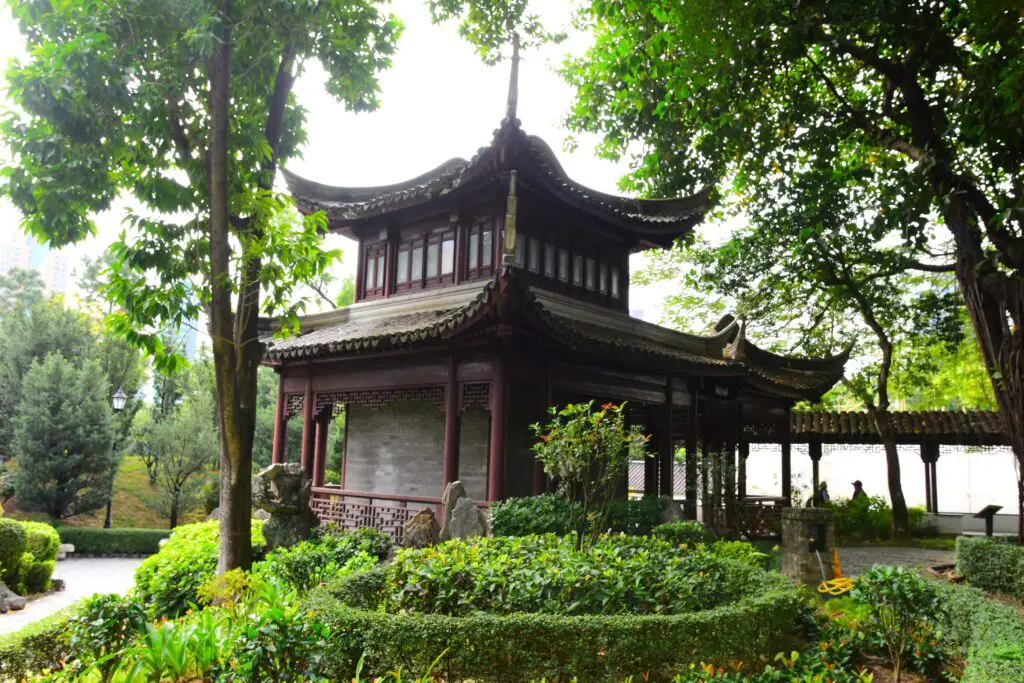
For decades, Kowloon Walled City was a lawless labyrinth, crammed with over 30,000 residents in just 6.4 acres. This tightly packed cluster of high-rises had no real government oversight, leading to an eerie, dystopian-like existence. It was notorious for its crime, unregulated businesses, and lack of sunlight, with apartments built so close together that residents could pass items across alleyways. Despite its reputation, it was also a thriving community, home to families, doctors, and noodle shops shares Wikipedia.
In the ’90s, the Hong Kong government decided to clear it out, citing health and safety concerns. Some saw the demolition as necessary, while others lamented the loss of a unique cultural enclave. By 1994, the entire city had been bulldozed, and today, a park stands in its place. Those who lived there still recall its tight-knit spirit, even if it was far from conventional adds CNN.
3. Sugar House Prison – Salt Lake City, UT
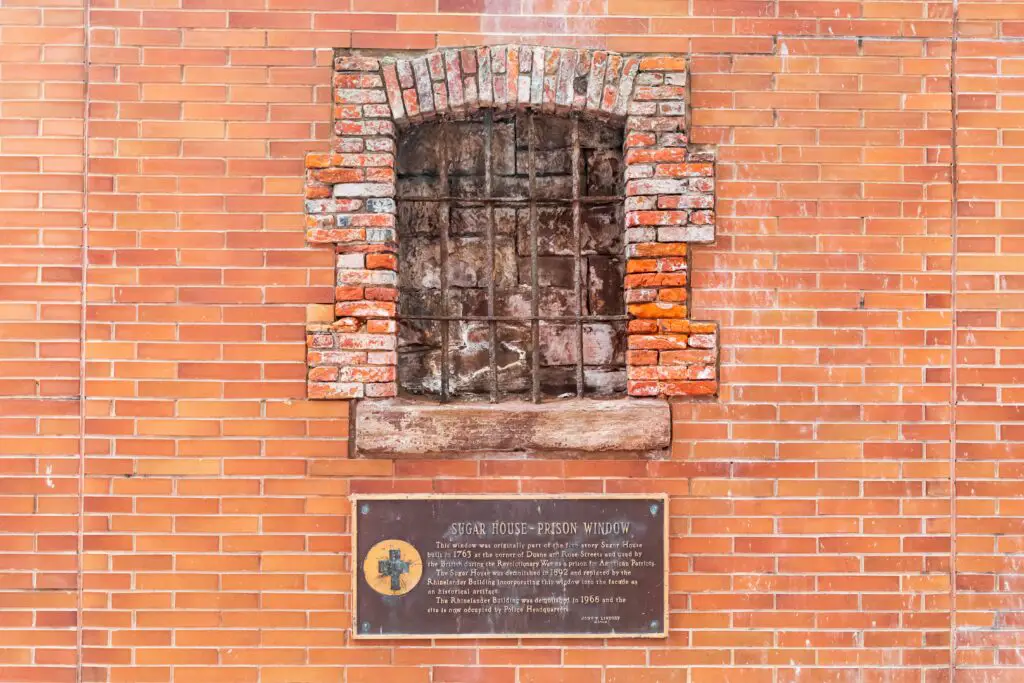
Sugar House Prison had stood since the 1850s, one of the earliest penal institutions in the American West. Over time, it became infamous for overcrowding and harsh conditions, with prisoners subjected to forced labor on nearby farms and in industrial shops. By the mid-’20s, Utah officials deemed the facility outdated and unfit for rehabilitation. Calls to replace it grew louder, leading to the decision to demolish the prison and build a new correctional facility elsewhere says Fox 13 News Utah.
The land was then repurposed for something very different: a shopping district and park. Today, Sugar House is a trendy area, but few people know about its grim history. While some argue the site’s redevelopment was a step toward progress, others believe it erased an important part of Utah’s past. Either way, all physical traces of the prison were quietly wiped away.
4. The Original Waldorf-Astoria – New York, NY
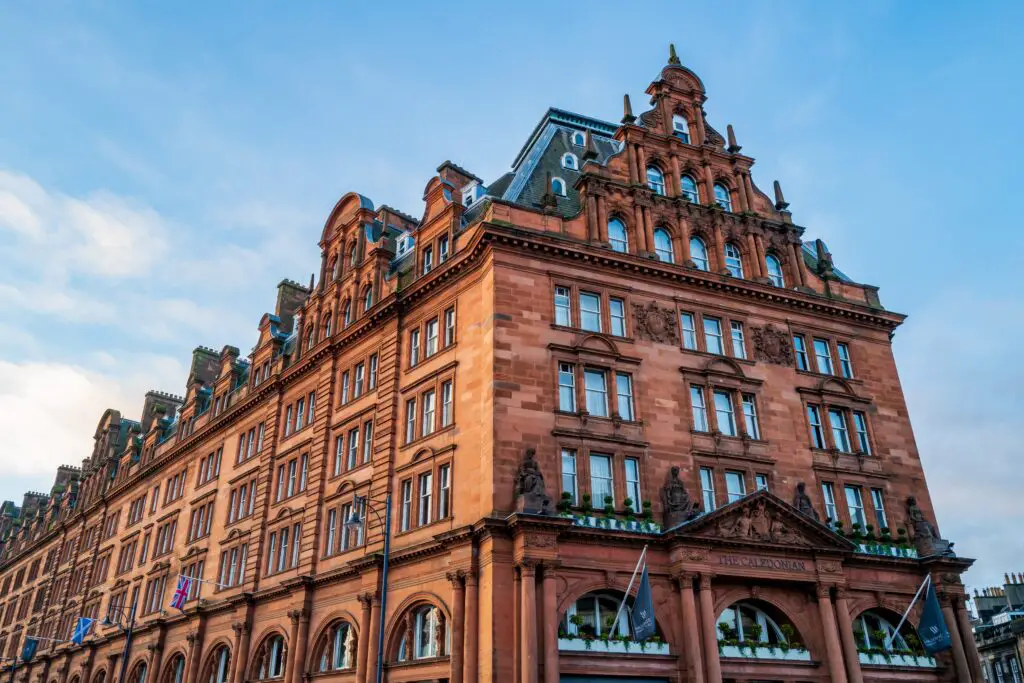
Long before the current Waldorf-Astoria stood on Park Avenue, the original occupied prime real estate on Fifth Avenue. Built in the late 1800s, it was one of the world’s most luxurious hotels, famous for its lavish ballrooms and high-society clientele. However, by the 1920s, developers had their eyes on the land for something even grander: the Empire State Building. After lengthy negotiations, the hotel was sold, and demolition began in 1929.
While progress marched on, the loss of such an iconic hotel stung for New Yorkers. The new Waldorf-Astoria, which opened in 1931, carried on the name but not the location. Meanwhile, the Empire State Building became a landmark in its own right, proving that sometimes history has to make way for the future. Still, the original hotel’s demolition remains a controversial moment in Manhattan’s transformation.
5. Chicago Stock Exchange Building – Chicago, IL
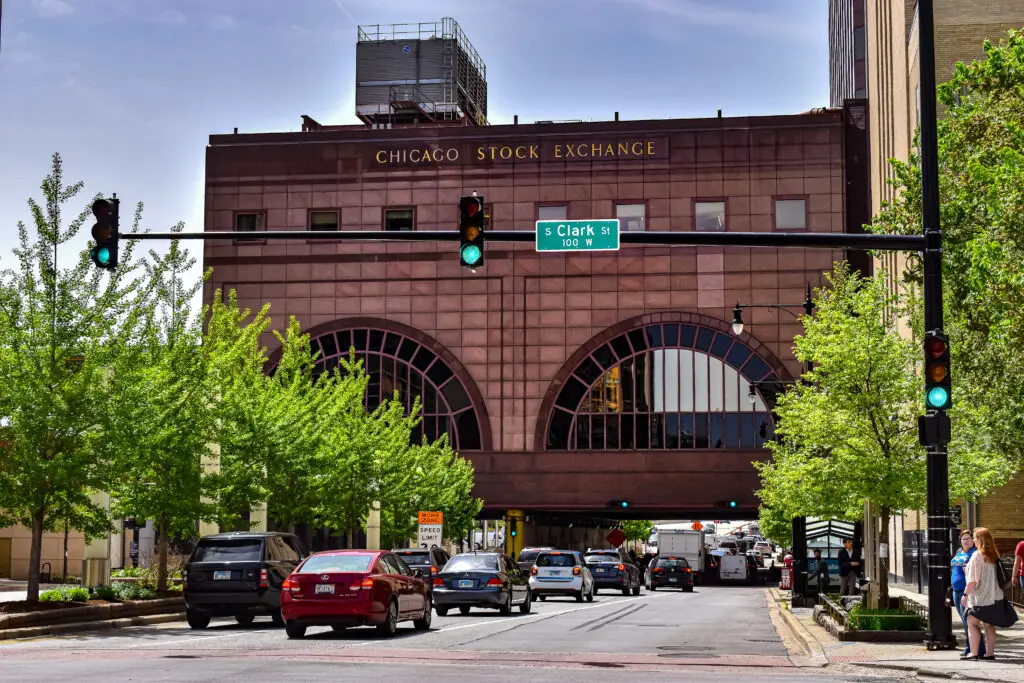
Designed by the legendary Louis Sullivan, the Chicago Stock Exchange Building was an architectural marvel when it opened in 1894. Its ornate facade, intricate ironwork, and grand interior showcased Sullivan’s belief in blending function with beauty. But by the ’60s, appreciation for historic architecture was low, and the building’s owners saw more value in a modern high-rise. Despite protests from preservationists, the demolition proceeded in 1972.
The backlash was fierce, especially among architects who recognized the building’s importance. The only part saved was its massive trading floor, which now sits inside the Art Institute of Chicago. The loss of such a masterpiece led to stronger preservation laws in the city, but that didn’t bring back what was already gone. Sullivan himself had once lamented the destruction of beautiful buildings—his words felt eerily prophetic after his own work was reduced to rubble.
6. The Sands Hotel and Casino – Las Vegas, NV
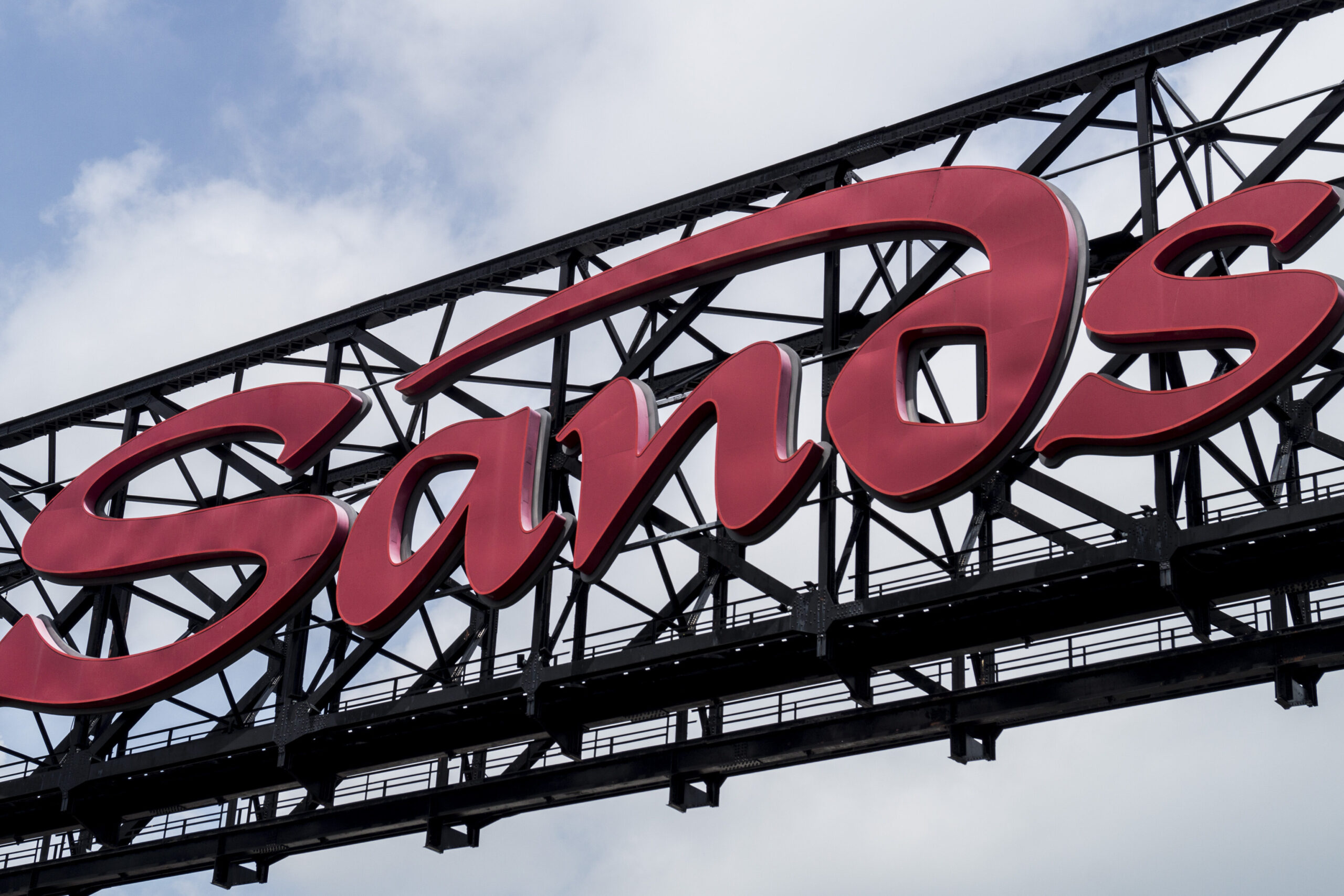
The Sands was once the pinnacle of Vegas glamour, hosting the likes of Frank Sinatra, Dean Martin, and the rest of the Rat Pack. Its Copa Room was the place to be in the ’50s and ’60s, attracting A-list performers and high rollers alike. But as the casino industry evolved, the Sands struggled to compete with the mega-resorts popping up on the Strip. In the mid-’90s, it was decided that the historic casino would be torn down to make way for The Venetian.
Its demolition in 1996 was a spectacle in itself, with a dramatic implosion that signaled the end of an era. For those who loved Old Vegas, it was heartbreaking to see such an iconic piece of history vanish overnight. The Sands had been more than just a casino—it was a symbol of a bygone Vegas, where entertainment reigned supreme. Today, The Venetian carries the legacy of luxury, but for many, the Sands will always be the real Vegas legend.
7. The Singer Building – New York, NY
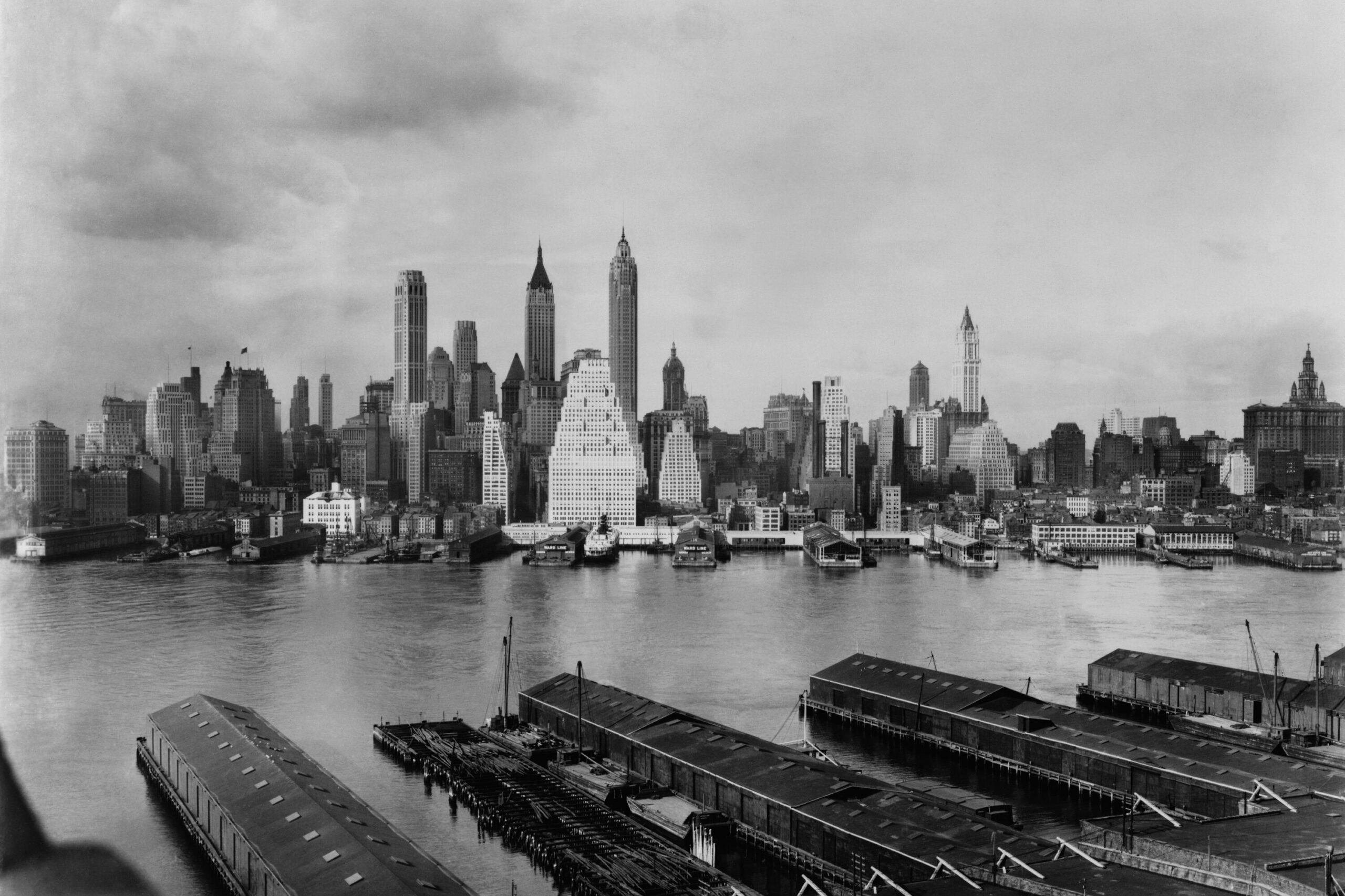
Once the tallest building in the world, the Singer Building was a marvel of early skyscraper design. Completed in 1908, it stood as a symbol of American ingenuity, with its striking red brick and elegant copper details. But by the ’60s, commercial demand for office space had outgrown the building’s footprint. The decision was made to demolish it in 1968 to make room for a larger, more efficient high-rise.
Many mourned its loss, as it marked one of the tallest buildings ever deliberately destroyed. The Singer Building’s removal sparked debates about balancing progress with preservation. While the modern replacement, One Liberty Plaza, is practical, it lacks the architectural charm of its predecessor. To this day, its demolition remains one of the biggest architectural losses in NYC history.
8. The Original Metropolitan Opera House – New York, NY
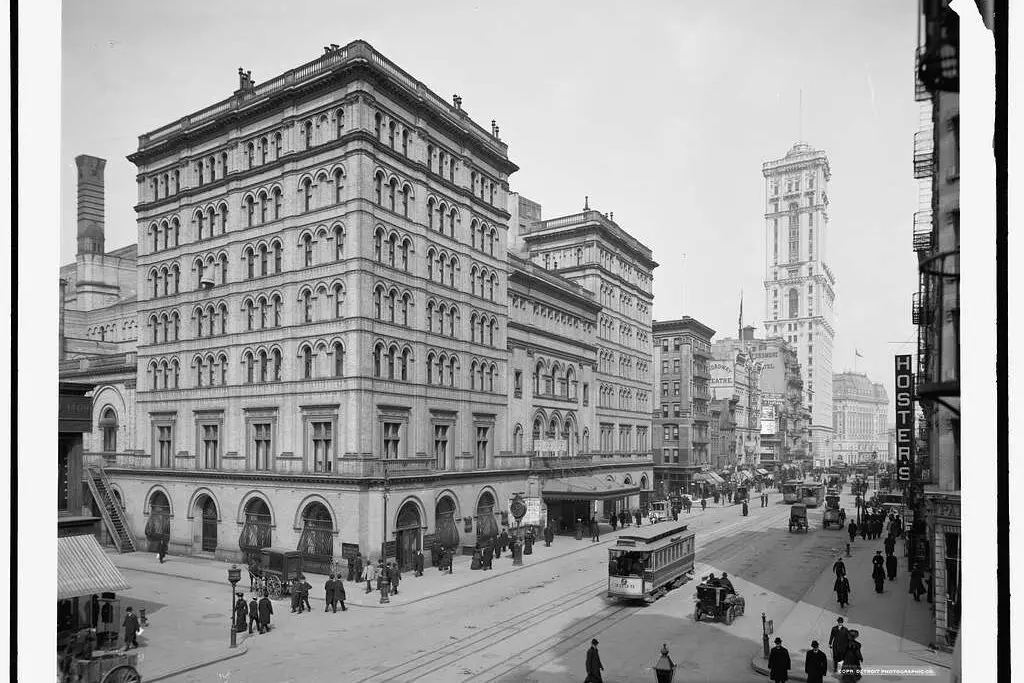
The first Metropolitan Opera House, built in 1883, was a stunning Gilded Age landmark. Its grand auditorium and elaborate chandeliers made it the cultural heart of New York’s elite opera scene. But by the mid-’60s, the city had its sights set on a more modern venue. The Lincoln Center was being developed, and officials decided it was time to move the Met to a new, state-of-the-art facility.
Despite protests from preservationists and opera lovers, the old building was unceremoniously demolished in 1967. Many lamented the loss, as the original Met had a warmth and intimacy that its successor lacked. Even those who welcomed progress felt that something irreplaceable had been erased from the city’s history. Today, a bland office building stands where the grand opera house once captivated audiences.
9. Fort Moore Hill – Los Angeles, CA
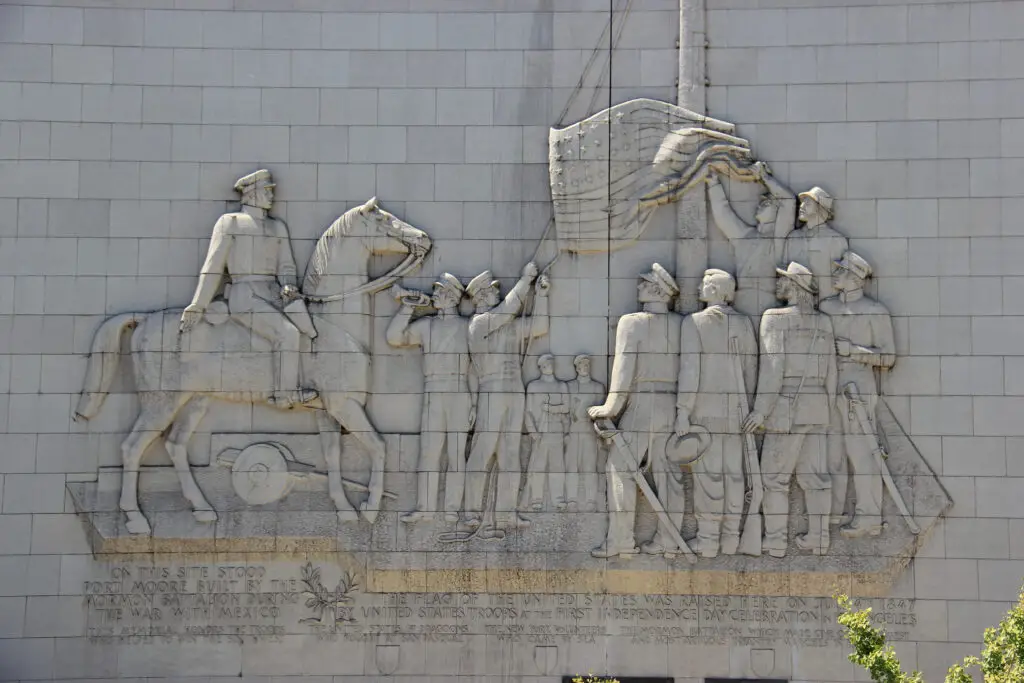
Fort Moore Hill was once a prominent landmark in early Los Angeles, serving as a military outpost in the 1840s. Over time, it became a neighborhood, home to schools and government buildings. But as L.A. expanded, the hill was seen as an obstacle to development. In the ’40s and ’50s, city officials decided to flatten it to make room for new infrastructure, including the Hollywood Freeway.
By the time the demolition was complete, the hill had all but vanished from the city’s landscape. Along with it went layers of Los Angeles history that could never be recovered. Today, a small monument marks the area, but most people passing by have no idea what once stood there. In the name of progress, yet another piece of the past was quietly erased.
10. New York’s First Madison Square Garden – New York, NY
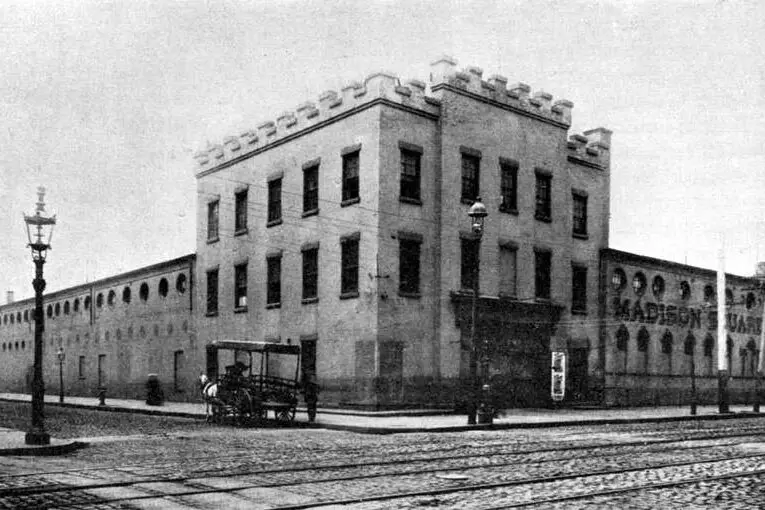
The original Madison Square Garden was a spectacle in its own right, designed by the famed architect Stanford White in 1890. With its grand arches and towering minaret, it was a sight to behold, hosting everything from concerts to boxing matches. But by the 1920s, the owners wanted something bigger and better. The decision was made to tear it down and rebuild the arena in a different location.
In 1925, the wrecking crews moved in, and the beloved landmark was no more. While the new MSG carried on the name, the original’s ornate architecture and historical significance were lost forever. Adding to the drama, White—who had designed the building—had been famously murdered inside it years before. In the end, the first Madison Square Garden became just another forgotten piece of New York’s past.
11. The Dutch Gowanus Village – Brooklyn, NY

Brooklyn’s Gowanus neighborhood was once home to a historic Dutch settlement dating back to the 1600s. For centuries, remnants of the village survived, from old farmhouses to cobblestone streets. But as the city modernized, the area was targeted for industrial expansion. By the mid-’20s, most of the historic buildings had been razed to make way for warehouses and factories.
Few fought to save the Dutch relics at the time, as preservation efforts were still in their infancy. As a result, some of New York’s earliest colonial history was lost without much resistance. Today, the Gowanus Canal is better known for its pollution than its past. But beneath the industrial sprawl, traces of the old Dutch village still linger—if only in memory.
12. The Western State Hospital for the Insane – Tennessee
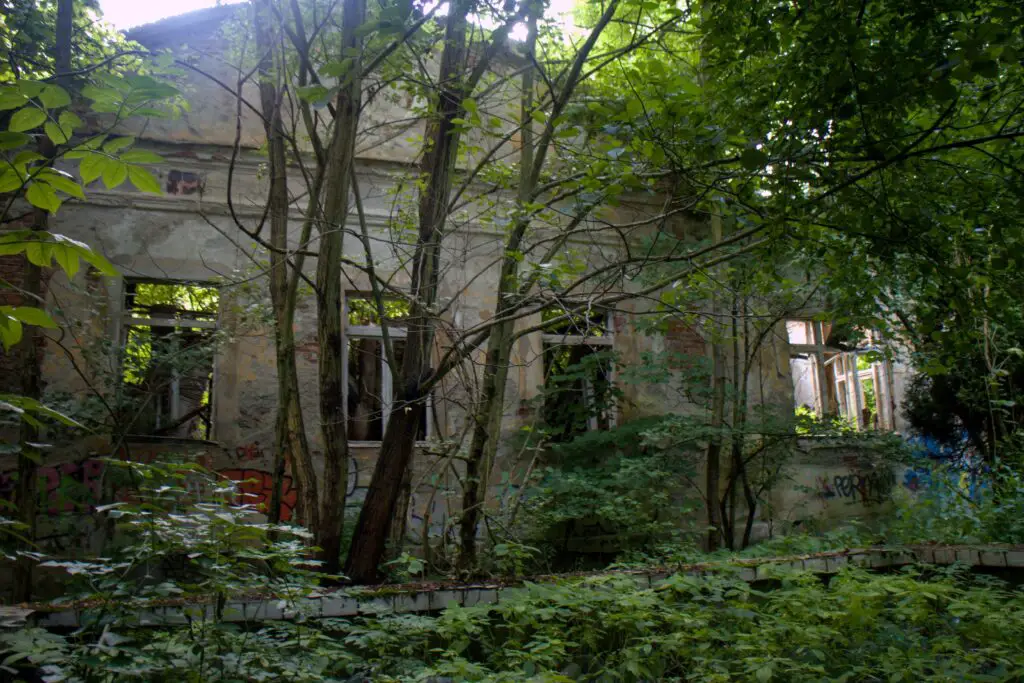
Western State Hospital was once Tennessee’s largest mental health institution, operating for over a century. Like many asylums of its time, it was known for harsh treatments and overcrowding. By the ’90s, much of the facility had fallen into disrepair, and officials opted to shut it down rather than renovate. The abandoned buildings became a magnet for urban explorers and ghost hunters, drawn by the eerie ruins.
Eventually, the state decided to demolish the remaining structures, citing safety concerns. Some preservationists argued that at least part of the hospital should have been saved as a historical site. But with mental health history often swept under the rug, the institution was wiped from the landscape with little fanfare. Now, the land has been repurposed, leaving behind only whispers of the past.
13. The Egyptian Hall – London, England
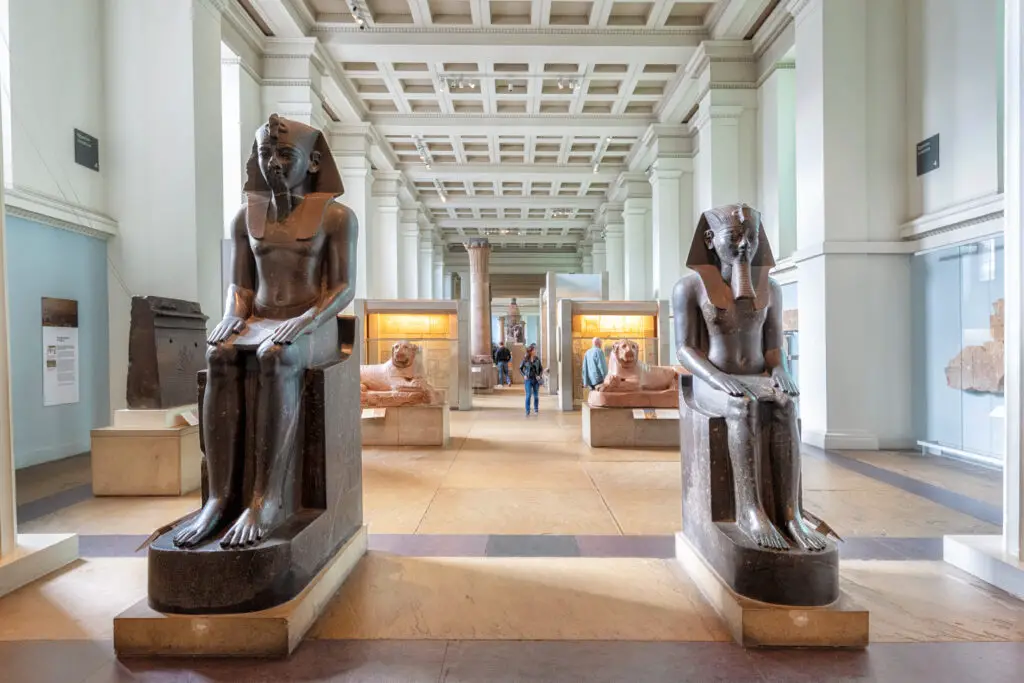
Built in 1812, the Egyptian Hall was one of London’s most unique performance venues. Designed in an elaborate Egyptian Revival style, it housed everything from magic shows to art exhibitions. For over a century, it was a hub of entertainment, attracting legendary illusionists like Harry Houdini. But by the early 1900s, the building was seen as outdated, and developers pushed for something more modern.
In 1905, the Egyptian Hall was torn down, much to the dismay of London’s cultural community. It was replaced by an office building, stripping the city of one of its most distinctive landmarks. While Houdini and his peers left behind their legacies, the hall itself became a forgotten casualty of progress. Today, its memory survives mostly through old photographs and theater history books.
14. The First Los Angeles Times Building – Los Angeles, CA
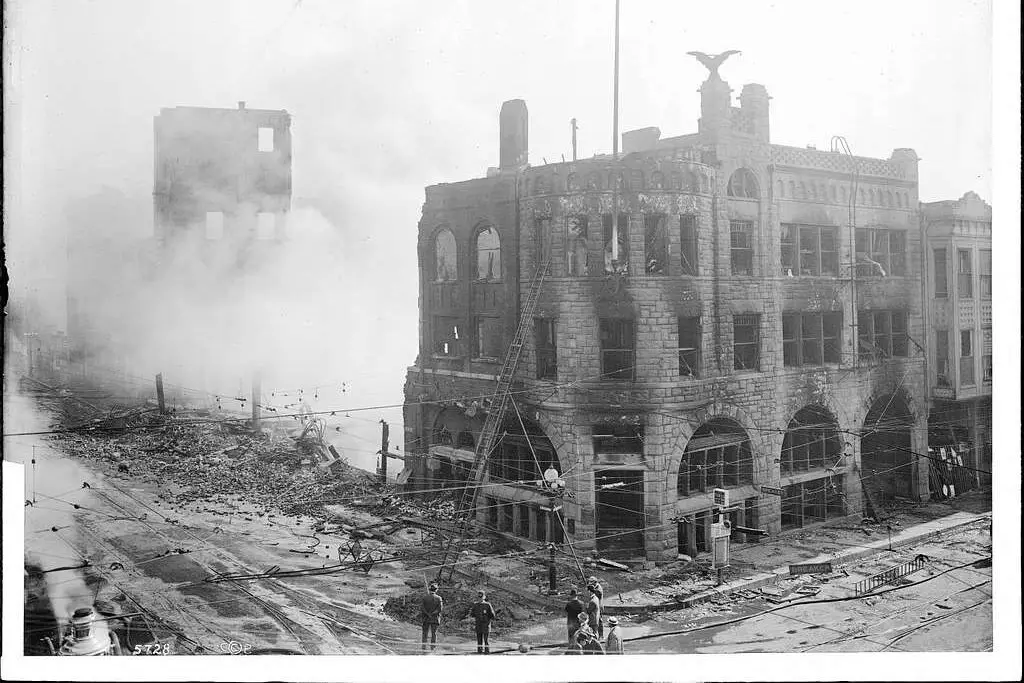
The first Los Angeles Times building, completed in 1886, was a grand Victorian-style structure that housed the city’s most influential newspaper. But in 1910, tragedy struck when union activists—protesting poor labor conditions—bombed the building, killing 21 people. The explosion left the structure in ruins, and rather than rebuild it as it was, the paper opted for a sleek, modern replacement.
Though the new headquarters was state-of-the-art for its time, the original Times building was never forgotten. Some saw its destruction as a grim symbol of the city’s labor struggles. Others believed it was a turning point in the power of industrial journalism. Either way, the original home of the Times was lost, buried beneath the city’s ever-changing skyline.
15. The Hippodrome Theatre – New York, NY
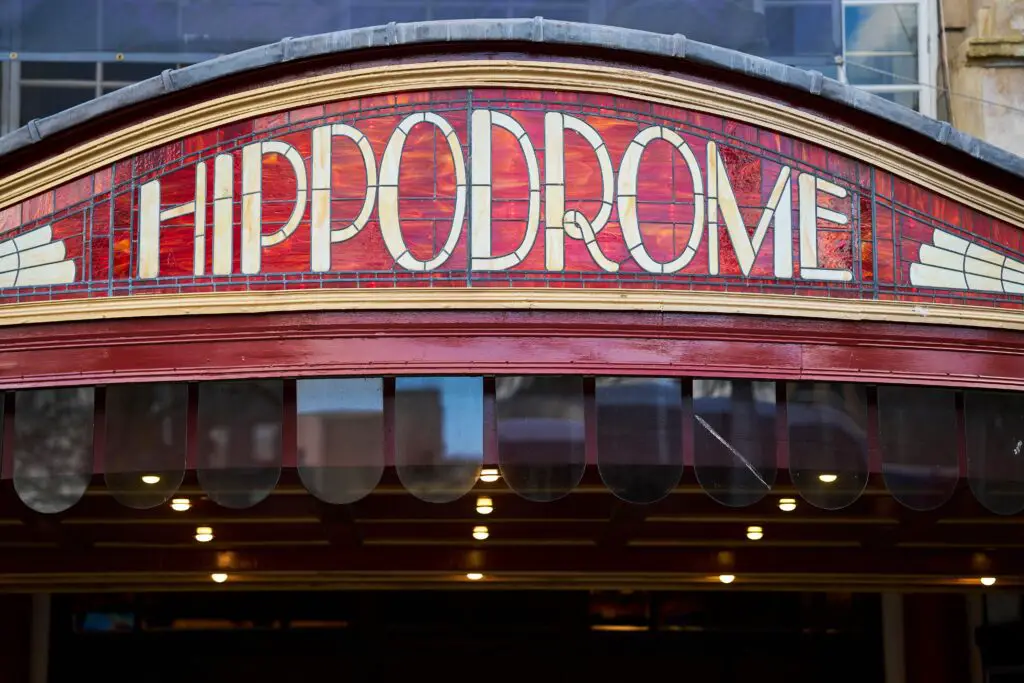
The Hippodrome was once the largest and most extravagant theater in New York City, opening in 1905. With a seating capacity of 5,000, it was known for hosting massive spectacles—think elephants, chariot races, and water-filled performances. It was a wonder of its time, drawing millions of visitors eager for over-the-top entertainment. But by the ’30s, as movie theaters gained popularity, the Hippodrome fell into decline.
Struggling to stay relevant, the venue was eventually repurposed as an office space. By 1939, the building was completely demolished, replaced by a nondescript skyscraper. Many saw it as a tragic loss, as the Hippodrome had been a symbol of Broadway’s golden age. Today, few people realize that one of the world’s greatest theaters once stood at that very spot.
